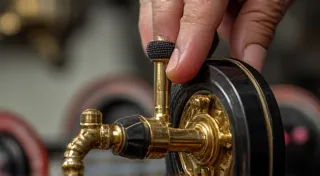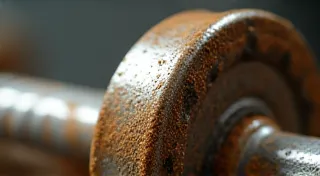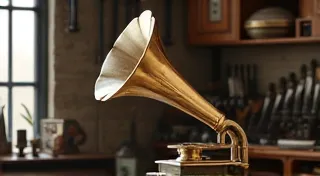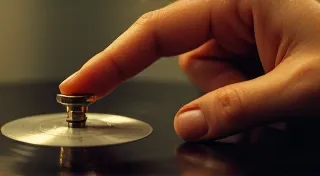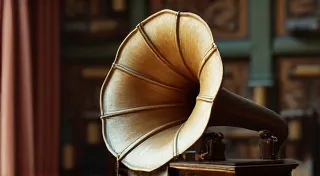Identifying Different Phonograph Models: A Visual Guide
The world of antique phonographs can seem overwhelming, especially when you're first starting to repair or restore them. Knowing what model you're dealing with is the crucial first step. Different manufacturers, and even different versions from the same manufacturer, employed distinct design features. This visual guide will help you identify some of the most common phonograph models, spanning from the early Edison 'talking machines' to the later, more accessible Victrola models. Understanding a little about the history of each can also provide clues.
Early Edison Phonographs (1877-1927)
Thomas Edison's invention revolutionized sound reproduction. His early machines, often referred to as "talking machines," were significantly different from later models. They typically used a wax-covered cylinder as the recording medium.
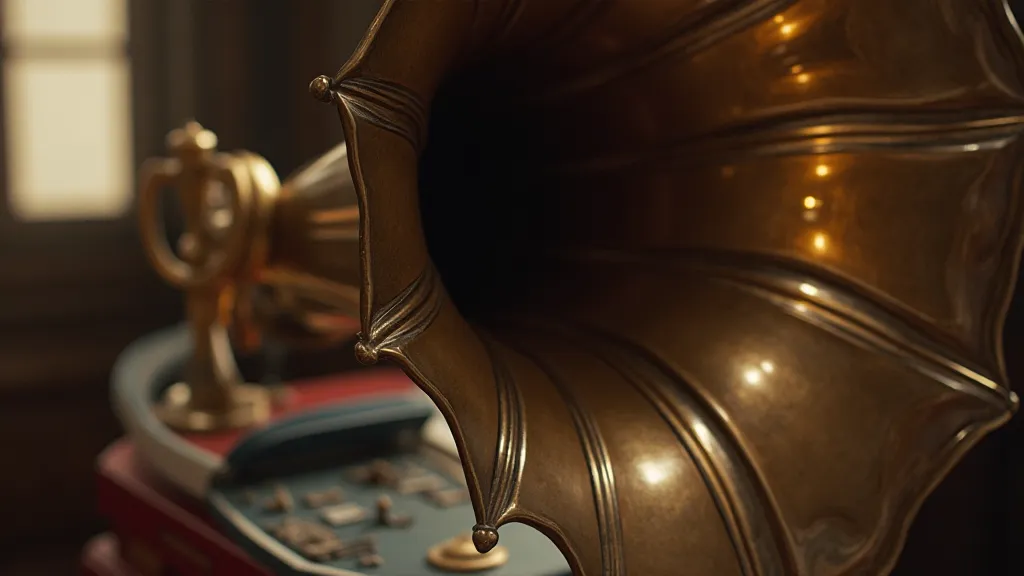
Key Identifying Features:
- Cylinder Playback: They use cylinders, not records.
- Horn Design: Early models featured a large, often ornate, horn. The horn amplified the sound as there were no speakers.
- Hand-Crank Operation: Requires manual cranking to play the cylinder.
- Tabletop Design: Most were tabletop models, though floor-standing versions exist.
Victrola Models (1906-1932)
Victor Talking Machine Company, a successor to the Edison Phonograph Company, began producing the Victrola in 1906. These models transitioned from cylinder playback to the more convenient and increasingly popular disc (record) format. The Victrola was marketed as a more accessible and aesthetically pleasing version of the phonograph.

Key Identifying Features:
- Record Playback: Uses flat-disc records.
- Cabinet Design: Wide variety of cabinet styles were produced, ranging from ornate to streamlined. Victrolas are known for their attractive cabinets.
- Automatic Operation (Later Models): Many later Victrola models incorporated automatic mechanisms for record changing and winding.
- Internal Horn/Speaker: Many have an internal speaker or horn, which is less conspicuous than the large horns of early Edison machines.
Other Notable Manufacturers & Models
While Edison and Victrola were dominant players, numerous other companies produced phonographs, each with their unique characteristics.

Consider these points when identifying phonographs from other manufacturers:
- Brand Name: Look for markings on the machine itself – the brand name is a significant clue.
- Motor Type: Early machines generally used hand-crank mechanisms. Later models often incorporated electric motors.
- Drive System: Inspect how the turntable is driven – belt-driven, direct-driven, or other mechanisms.
- Cabinet Style: Different manufacturers favored distinct cabinet designs.
Resources for Further Identification
Identifying antique phonographs can be a challenging but rewarding pursuit. Here are a few tips:
- Online Forums: Antique phonograph forums are a wealth of information and often feature experts willing to assist with identification.
- Reference Books: Numerous books and catalogs are available dedicated to antique phonographs.
- Auction Sites: Examining descriptions and images of phonographs listed on auction sites can provide valuable clues.
With careful observation and a little research, you’re well on your way to correctly identifying and appreciating these fascinating pieces of history.
